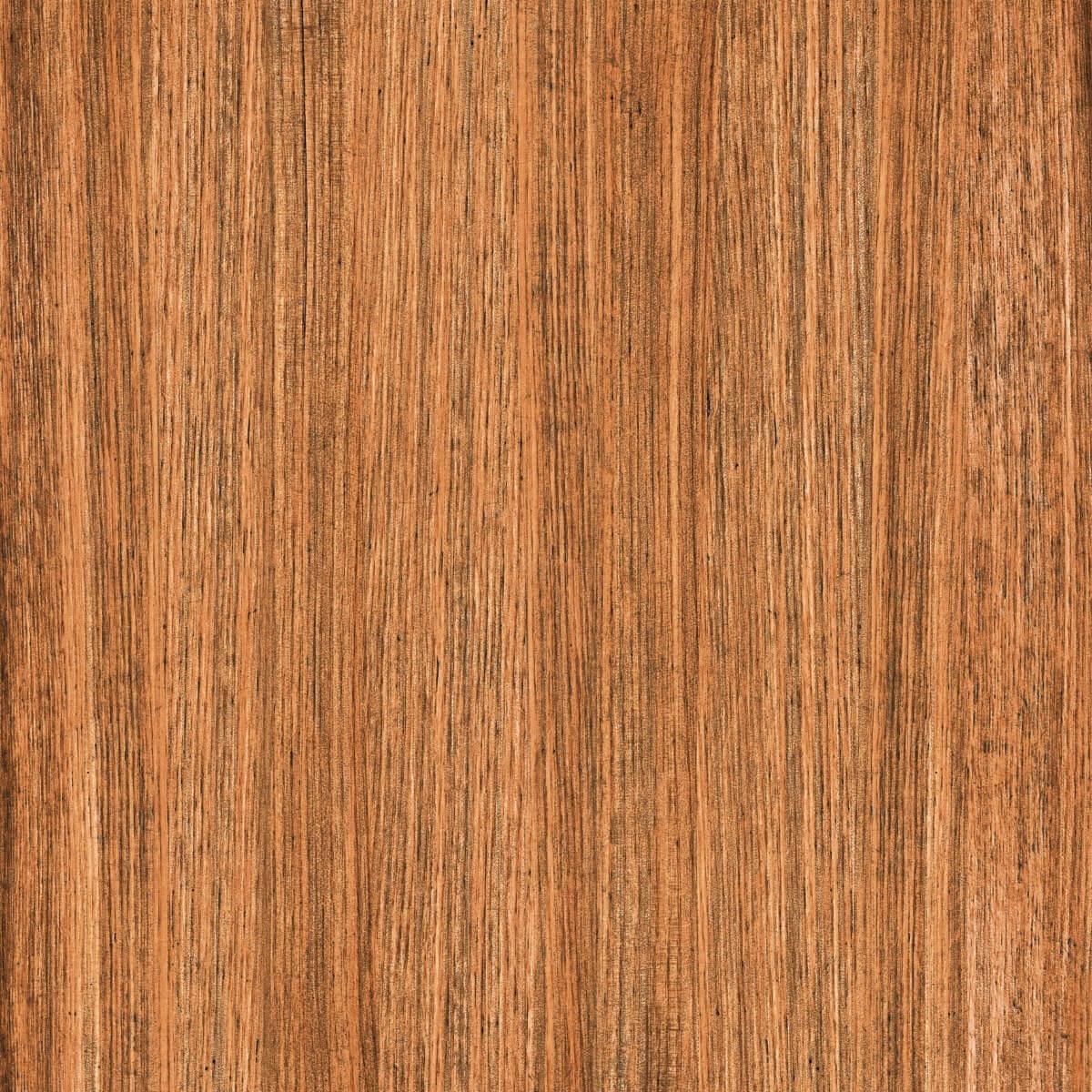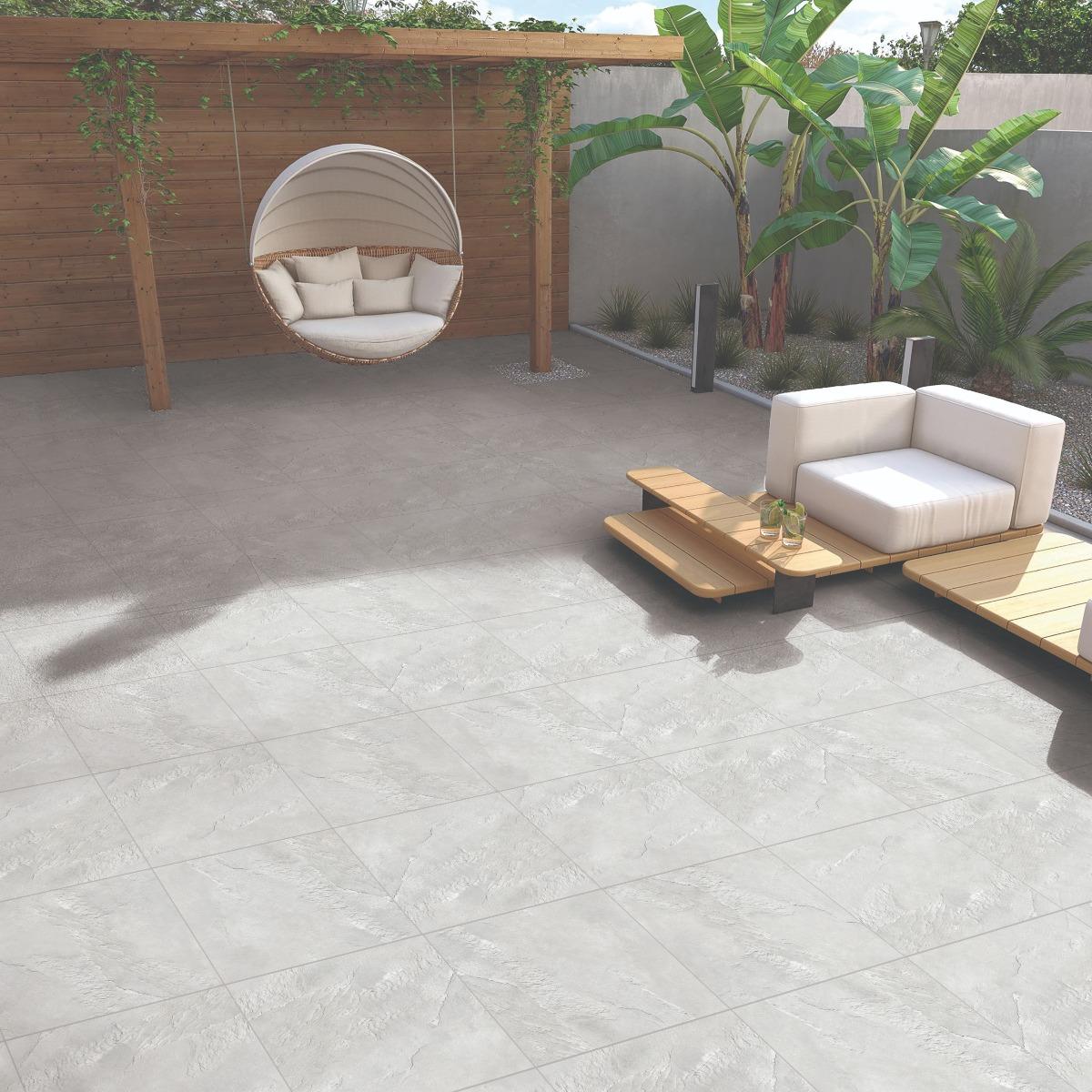17 Jun 2025 | Updated Date: 27 Aug 2025, Read Time : 4 Min
705
Tile Spacers: Essential Tools for Flawless Tile Installation

Putting in tiles? Don’t skip the spacers! These tiny helpers make a huge difference. Made from plastic or rubber, tile spacers keep gaps between tiles even and consistent. Whether you’re fixing up a bathroom floor, kitchen wall, or office space, Floor tile spacers or wall tile spacers help create straight, clean-looking tile lines. They leave room for grout and allow tiles to move slightly with changes in heat and moisture, preventing cracks from forming. Here, in this blog, learn how essential tile spacers are, how to use them, and what is the best one for your design.
What is a Tile Spacer and What Makes Them Important?
A Tile spacer is a small, plastic or rubber tools that help keep tiles evenly spaced during installation. They come as crosses, T-shapes, or straight pieces, usually 2 to 5 mm thick, based on what your project needs.
Not sure if you need tiles with a spacer or without one? The answer is yes! These little devices:
- Keep all gaps the same size for a clean look
- Make space for tiles to expand and shrink as temperatures change
- Stop tiles from moving around before the glue dries
- Create perfect spots for grout to fill in
The market now has many types of tile spacers for different jobs. From basic cross shapes to fancy self-leveling systems, there’s something for every installation. Whether you’re setting tiny tiles or big stone slabs, using the right spacers will make your work look much more professional and last longer, too.
Types of Tile Spacers
Different tile projects require specialized types of spacers:
X-shaped spacers are the most widely used type and suit standard grid patterns that involve four tiles intersecting at corners.
These tiles spacer design is ideal for brick-pattern or where three tiles intersect.
Wedge spacers are adjustable spacers designed for wall tile leveling, particularly suitable for the first course.
Horseshoe/U-shaped spacers
Horseshoe spacers are placed underneath tiles, making them suitable for running bond patterns and easier removal.
Spacing and leveling in one, to prevent lippage (different heights of tiles), especially with large-format tiles.
Each design variation addresses specific installation challenges, ensuring uniform grout lines.
Choosing the Right Tile Spacer Size
Applying the correct spacer size depends on various factors such as layout pattern and application area. Floor tiles typically incorporate 3 to 5 mm spacers to allow for natural movement while maintaining structural integrity. To provide a more streamlined appearance, wall tiles are usually spaced apart using tile spacers that measure 2 to 3 mm.
Bear in mind your choice of material type while choosing the spacer width. Handmade natural stone and ceramic tiles have uneven edges and require larger grout lines (3 mm-5 mm), whereas rectified porcelain tiles have precise edges and can accommodate smaller tile spacers (1 mm- 2 mm).
Your design style is also something to consider—an old-style look is achieved through broader grout width spaces, while closer spacing has a fresher, seamless look. Always consult the manufacturer’s recommendations for the optimal spacer size for your tile product.
Also Read: All Your Grout Questions Answered
Wall Tile Spacers vs. Floor Tile Spacers
Although wall and floor tile spacers serve the same overall purpose, their application type are very different. Floor tile spacers must withstand more pressure during installation because tiles experience foot traffic before the adhesive cures entirely. They are typically load-bearing and often feature designs that prevent them from being driven too deeply into the adhesive.
Wall tile spacers must contend with gravity as they are laid. Wedge and T-type spacers are very handy for applying to walls so that tiles cannot slide down before the adhesive sets. Wall applications typically prefer slightly shorter spacers (2 mm- 3 mm) based on aesthetic considerations to achieve a cleaner finish.
Both types possess equal spacing, but each type is engineered to address the specific needs of horizontal versus vertical surfaces. Some universal spacers work for both applications, whereas speciality types function in specific applications.
How to Use Tile Spacers (Step-by-Step)
This is how to have perfect tile spacing in steps:
- Prepare the surface: Clean, level, and dry the area before starting.
- Apply adhesive: Spread tile adhesive evenly with a notched trowel in workable sizes.
- Set the first tile: Place it carefully, along your layout lines.
- Add spacers: Place spacers in each corner where tiles intersect, and have them the same depth.
- Repeat the pattern: Fit more tiles in the same manner, rotating between them with spacers.
- Check alignment: Check periodically that tiles remain level and in proper spacing.
- Remove spacers: Once adhesive is half set (usually 24 hours), remove all spacers with care.
- Apply grout: Fill gaps with appropriate grout, as recommended by the manufacturer.
- Clean surplus: Before the grout solidifies, remove any excess with a damp sponge.
This structured process assures a professional finish with clean, tidy grout lines.
Also Read: Most Common Tile Installation Problems – Tips and Solutions
Tiles with Spacer or Without Spacer: Which is Better?
While some designers propose “Spacerless” installation (particularly with rectified tiles), the use of spacers almost always produces superior results. Spacers offer several advantages:
Tiles with suitable spacers built in provide the necessary expansion room, eliminating buckling and cracking as materials expand and contract naturally. Spacers create grout lines that accommodate minor fluctuations in the subfloor and building movement, providing a solid base.
Even installations that seem “spacerless” typically employ only tiny 1mm spacers, as tile-to-tile contact in their absence nearly ensures future problems. Due to their extremely sharp edges, modern rectified tiles may use extremely small spacers to provide the appearance of almost seamless joints without compromising stability.
Most projects benefit from the best possible balance between long-term durability and visual appeal when tiles are placed evenly.
FAQs
Give each tile four spacers for standard installations. You will need approximately 400 spacers for a 100 sq ft installation with 12x12-inch tiles.
Yes, if you remove them before the adhesive has fully set and clean them thoroughly. But they're inexpensive enough that most installers prefer to use new spacers on each job.
Yes. Natural stone requires even spacing to accommodate its natural variations and expansion and contraction.
Technically, yes, but not recommended. Spacerless installations are prone to lippage, cracking, and irregular grout lines
Remove spacers after a partial set of adhesive but before hardening completely—typically 20-30 minutes for quick-set products or 24 hours for standard adhesives.
 600×1200 mm
600×1200 mm 600×600 mm
600×600 mm 195×1200 mm
195×1200 mm 300×600 mm
300×600 mm 300×600 mm
300×600 mm 300×450 mm
300×450 mm 300×600 mm
300×600 mm 300×450 mm
300×450 mm 300×600 mm
300×600 mm 300×600 mm
300×600 mm 300×450 mm
300×450 mm 300×600 mm
300×600 mm 600×1200 mm
600×1200 mm 600×600 mm
600×600 mm 600×600 mm
600×600 mm 600×1200 mm
600×1200 mm 600×600 mm
600×600 mm 600×600 mm
600×600 mm 300×600 mm
300×600 mm 600×600 mm
600×600 mm 300×600 mm
300×600 mm 600×600 mm
600×600 mm 145×600 mm
145×600 mm 600×600 mm
600×600 mm 300×600 mm
300×600 mm 600×600 mm
600×600 mm 300×600 mm
300×600 mm


























